Graphic design for galleries emerged prominently during the advent of modern art movements to enhance the aesthetic presentation and accessibility of art. Back then, there was a prevailing tradition of minimalistic display, whereas today, a plethora of graphic design styles and techniques are at a designer's disposal. Regardless of the approach, graphic design in galleries serves to amplify the visual appeal and coherence of curated spaces. While initially, gallery design could be seen as rigid or conventional, it's now recognized as innovative and dynamic--enjoying widespread experimentation and evolution. Elevate your gallery experience with these graphic design strategies and consider crafting one that leaves a lasting impression.
Visual Identity
The visual identity for a gallery must cohesively blend the gallery's ethos with its aesthetic aspirations, ensuring an evocative and memorable brand presence. Designing such an identity encompasses the thoughtful selection of color palettes, typography, and logo design that resonate with both the art presented and the audience targeted, necessitating a deep understanding of contemporary design trends juxtaposed with classic visual cues. This identity extends beyond just logos and colors to include catalog designs, exhibition posters, wayfinding signage, and digital interfaces, all of which must harmoniously communicate the gallery's unique narrative and artistic focus. An effective visual identity also necessitates consistency across all touchpoints, mandating strict adherence to style guides in order to maintain the brand's integrity and facilitate instant recognition and emotional connection within the viewer's psyche.
Gallery Branding
In the realm of graphic design for galleries, strong and thoughtful branding serves as a gateway to establish a powerful identity that resonates with both artists and audiences. Every element, from the gallery's logo to its color palette, typography, and promotional materials, should cohesively narrate the gallery's ethos, giving potential visitors an immediate sense of its character and focus. The branding must be versatile yet distinctive, allowing it to be integrated seamlessly across various mediums such as digital platforms, exhibition catalogs, and on-site signage, ensuring that each touchpoint reinforces the gallery's unique narrative and mission. In a competitive art market, a gallery's branding not only sets it apart but also enhances its credibility and allure, fostering loyalty among artists, collectors, and art enthusiasts while creating a memorable and immersive cultural experience.
Exhibition Posters
Exhibition posters are a vital tool for graphic designers tasked with effectively conveying the essence of a gallery exhibition, where careful consideration is given to typographic hierarchy, color palettes, and visual balance. Designers often draw inspiration from the artwork being displayed, harmonizing elements from the exhibit within the poster to create a cohesive visual narrative that entices potential visitors. While minimalism might suggest sophistication, experimenting with vibrant, unconventional layouts can break the monotony and captivate a more diverse audience. Special print techniques like embossing or foil stamping might be incorporated to add texture and allure, thereby elevating the sensory appeal of a poster from a mere advertisement to a collectible piece, aligning with a gallery's ethos of offering not just art but an experience.
Curatorial Graphics
Curatorial graphics in a gallery context involve the strategic visual representation of the exhibition's narrative and thematic elements, employing design techniques that harmonize with the artwork while enhancing the visitor's experience. Designers meticulously craft wall texts, title treatments, and wayfinding systems to ensure clarity, aesthetic unity, and emotional resonance, enlisting typography and color palettes that reflect the essence of the showcased art. Every element, from the scale and placement of texts to the choice of materials and lighting, is intentionally selected to guide the viewer through a seamless, engaging journey that respects both the integrity of the art and the curatorial vision. Challenges arise in balancing informational and stylistic needs, requiring a nuanced understanding of how visual hierarchy, spatial organization, and contextual sensitivity can communicate complex narratives without overshadowing the artworks themselves.
Art Display Panels
Art display panels serve as the foundation for the visual experience in galleries, acting as both canvases and frames that enhance the viewer's interaction with the artwork. These panels must incorporate materials that are not only visually complementary to diverse artistic styles but also structurally sound to withstand the test of time and frequent artwork rotations. Clever use of color, texture, and lighting in the design of these panels contributes significantly to the overall ambiance of the gallery space, ensuring that each piece is presented in harmony with its surroundings without overwhelming the art itself. Modular and adaptable panel designs, with hidden hinges and lightweight materials, offer versatility, accommodating various exhibition needs and facilitating dynamic layout configurations to cater to the evolving thematic narratives of a gallery.
Typography Elements
Typography in graphic design for a gallery setting takes on an essential role in conveying the thematic tenor and visual hierarchy of the exhibition. Choosing the right typefaces, whether sans-serif for a modern and minimalist feel or serif for a more traditional ambiance, becomes crucial in aligning the text with the gallery's artistic narrative. Kerning, leading, and tracking adjustments ensure legibility and aesthetic harmony, enhancing spatial dynamics within exhibition brochures, wall texts, and digital invites without overwhelming the viewer's sensibility or overshadowing the art pieces displayed. Furthermore, unexpected typographic arrangements or bold letterforms can act as visual markers or focal points, guiding the viewer's gaze through a curated path and establishing a seamless interaction between text and visual artistry.
Interactive Installations
Interactive installations in graphic design for galleries herald a fusion of art, technology, and viewer participation, presenting immersive experiences that challenge the static nature of traditional exhibitions. Designers utilize elements like motion sensors, virtual reality, and augmented reality to blur the lines between observer and participant, fostering a dynamic dialogue within the space. These installations often incorporate multisensory components, allowing visitors to manipulate visuals or soundscapes, creating a personalized and engaging narrative that extends beyond passive appreciation. By integrating these interactive elements, galleries not only elevate the aesthetic experience but also transform their role into an active arena for exploration, provoking thoughtful reflection and emotional connection amongst its audience.
Visitor Experience Design
Visitor experience design for a gallery involves crafting an immersive and engaging environment that not only showcases the art but also elevates the sensory and emotional impact on visitors. The spatial arrangement must facilitate an intuitive flow, guiding viewers seamlessly through the gallery while strategically utilizing lighting, color, and textures to enhance the visual narrative. Interactive elements such as augmented reality or multimedia installations can be integrated to provide deeper insights into the artworks, fostering a personal connection and stimulating intellectual curiosity. Additionally, the incorporation of comfort factors such as seating, informative signage, and accessibility features ensures that the experience is inclusive, allowing every visitor to engage fully with the art on display and leave with a profound appreciation of the curated selections.
Environmental Graphics
In a gallery setting, environmental graphics are an integral part of the overall design narrative, where they artfully transcend mere aesthetics to strategically mold the viewer's spatial and emotional journey. These graphics encompass everything from wayfinding signage that subtly guides visitors through curated pathways, to large-scale wall murals and surface designs that echo the gallery's thematic elements by visually abstracting environmental concepts such as flora, fauna, or landscapes. The use of sustainable materials and eco-friendly printing techniques is imperative to align the graphics with environmental consciousness, often integrating natural textures and color palettes that harmonize with the surrounding architecture. Each piece is meticulously crafted to maintain a balance between functional clarity and artistic expression, ultimately enhancing both the environmental message and the immersive experience of art, cultivating a conscious dialogue between the presented works and the environmental context they inhabit.
Digital Catalogs
Digital catalogs have revolutionized the art gallery experience by seamlessly integrating innovative design with interactive functionality. Each page meticulously crafted through high-resolution imagery and dynamic typography, they provide an immersive experience that bridges traditional art presentation with modern technology. Enhanced with multimedia elements such as audio commentaries and video insights, these catalogs allow viewers a much deeper understanding of the art pieces and their contextual narratives while offering an eco-friendly alternative to printed materials. These digital platforms also facilitate global reach by making collections accessible to art enthusiasts worldwide, amplifying gallery exposure and fostering a broader appreciation of the arts.






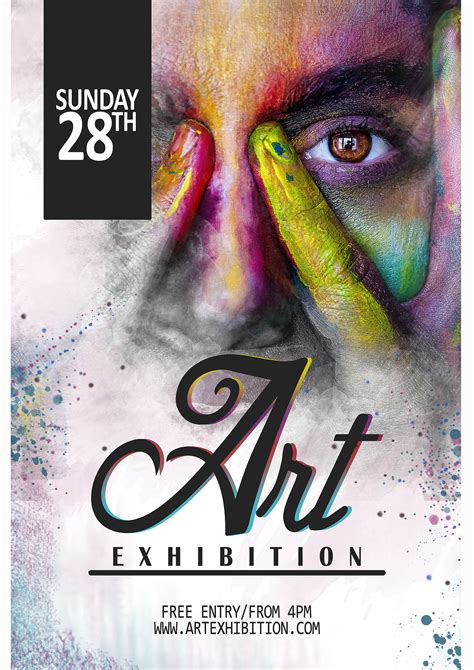
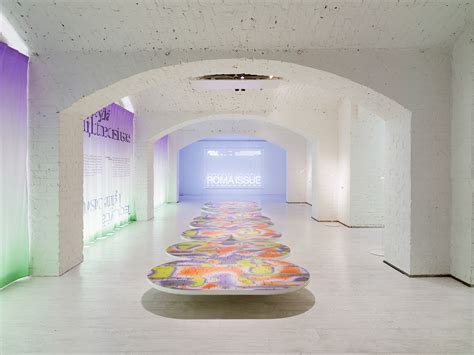


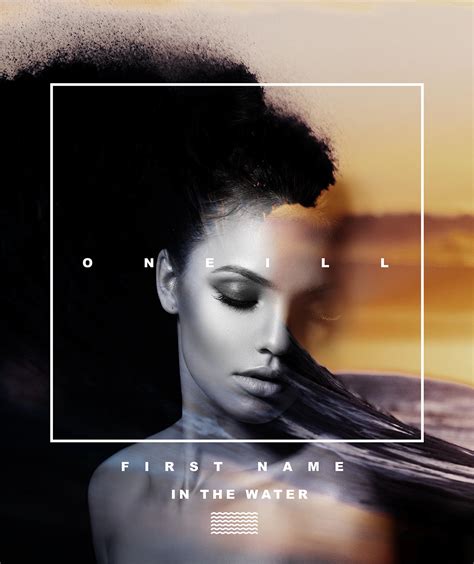


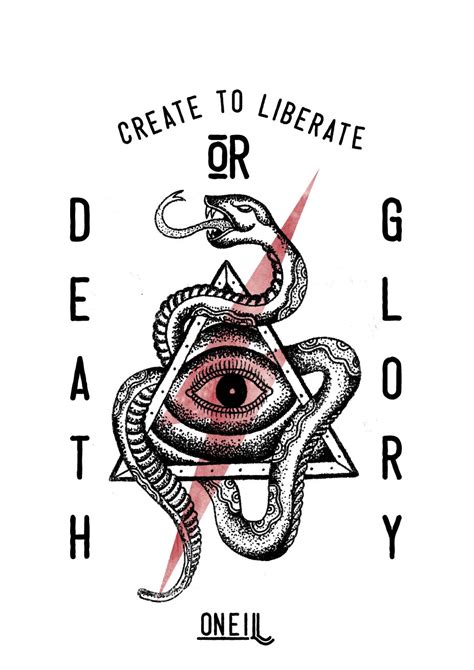
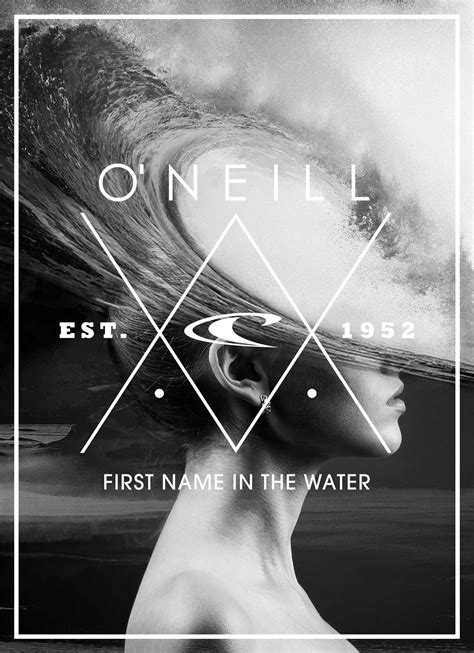
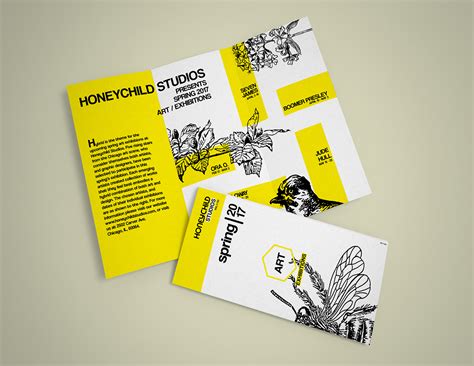
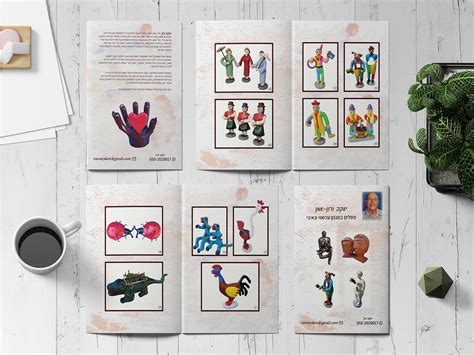

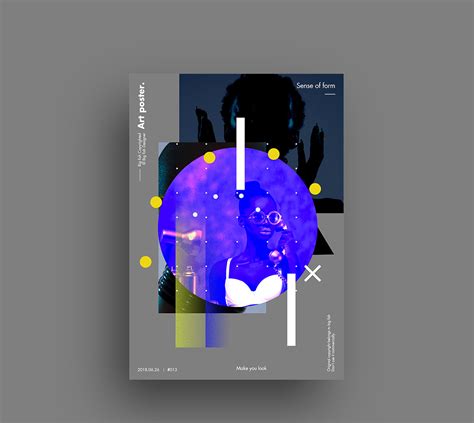
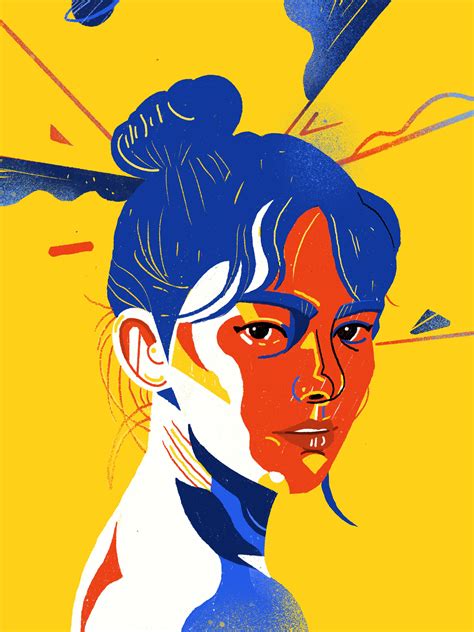
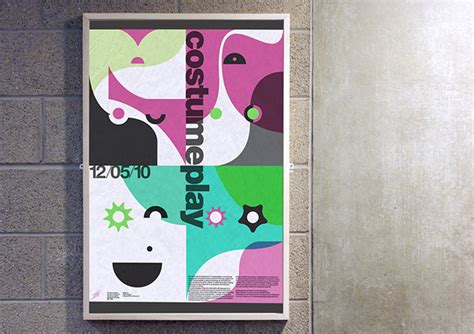
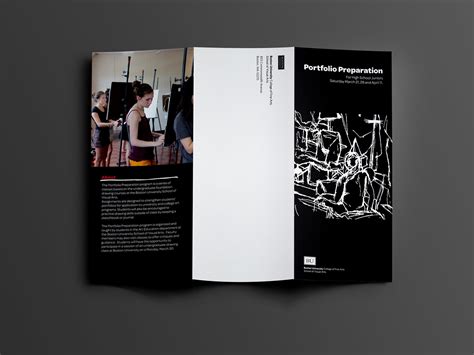
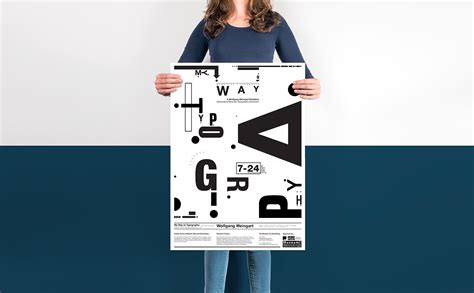

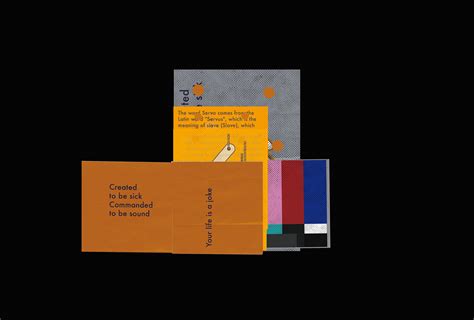
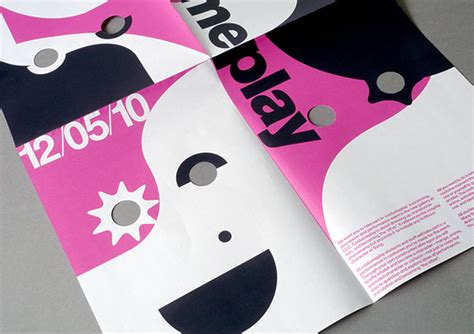
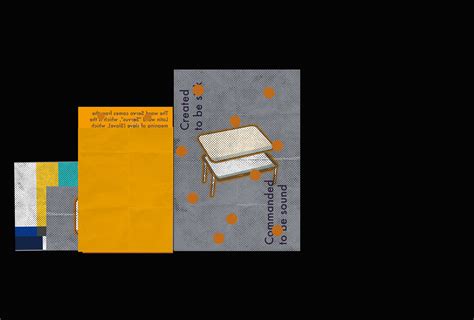
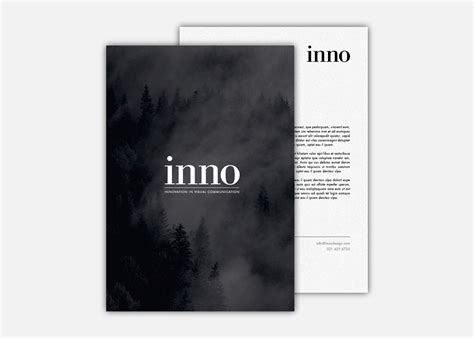


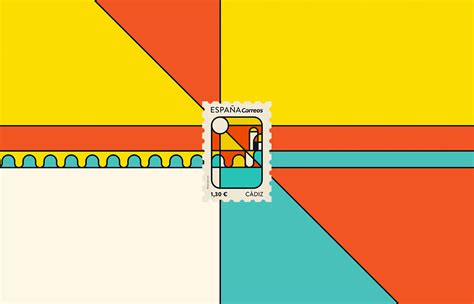

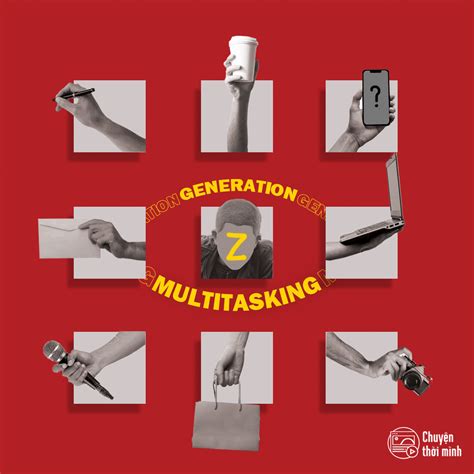

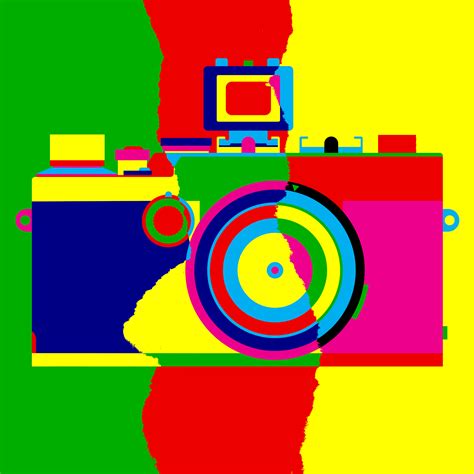
Leave a Reply
Your email address will not be published.